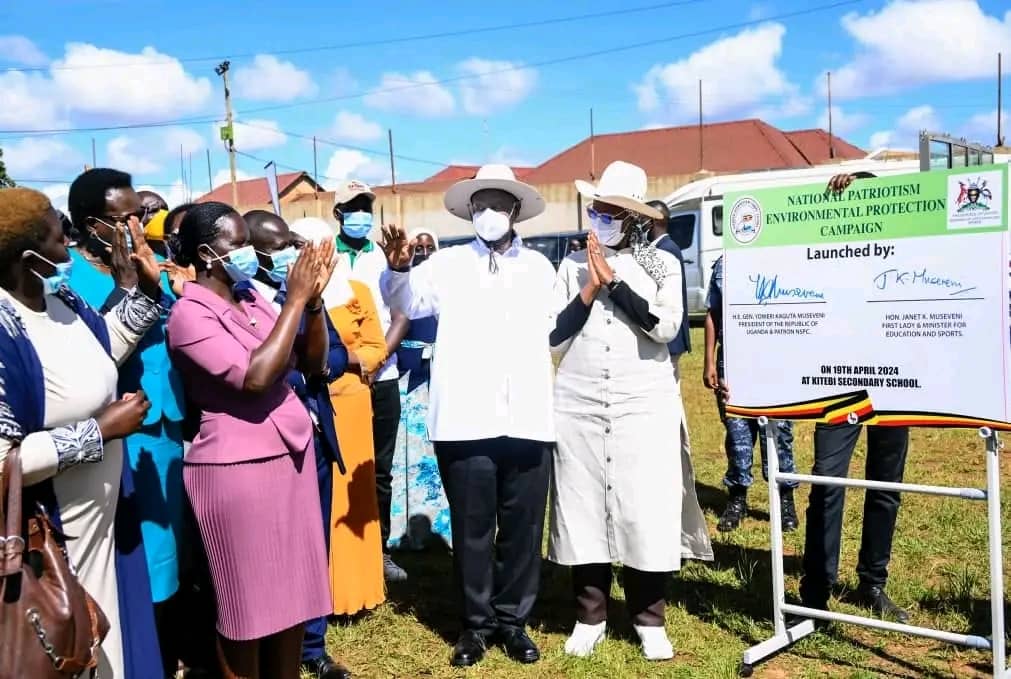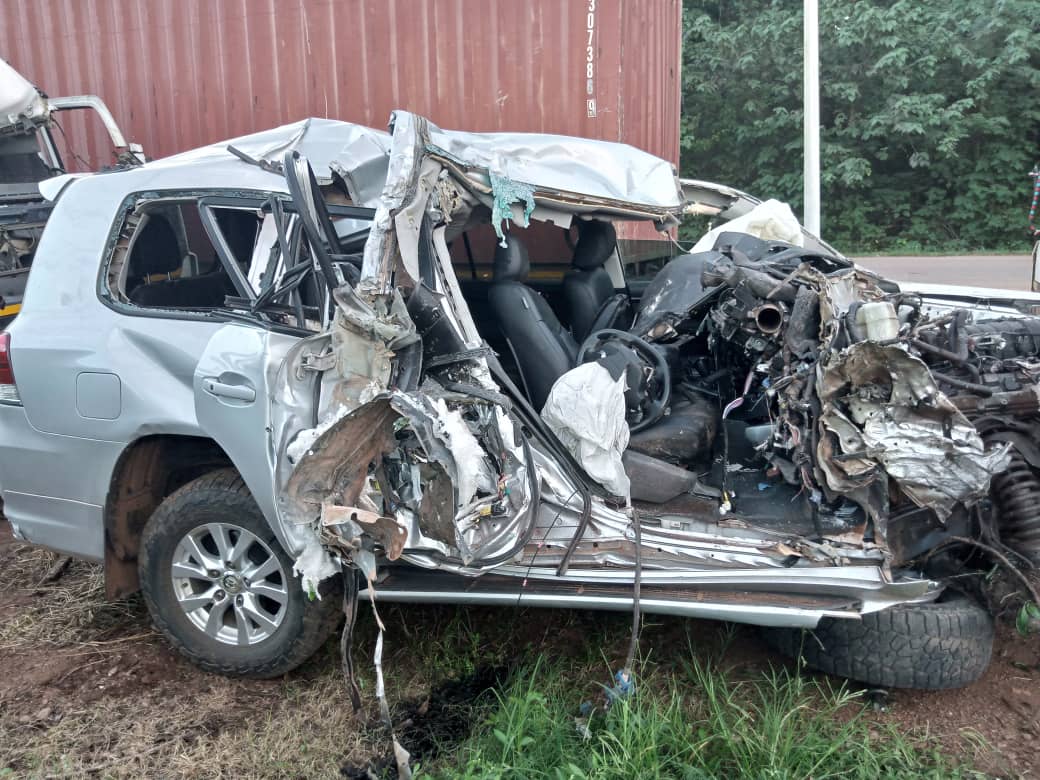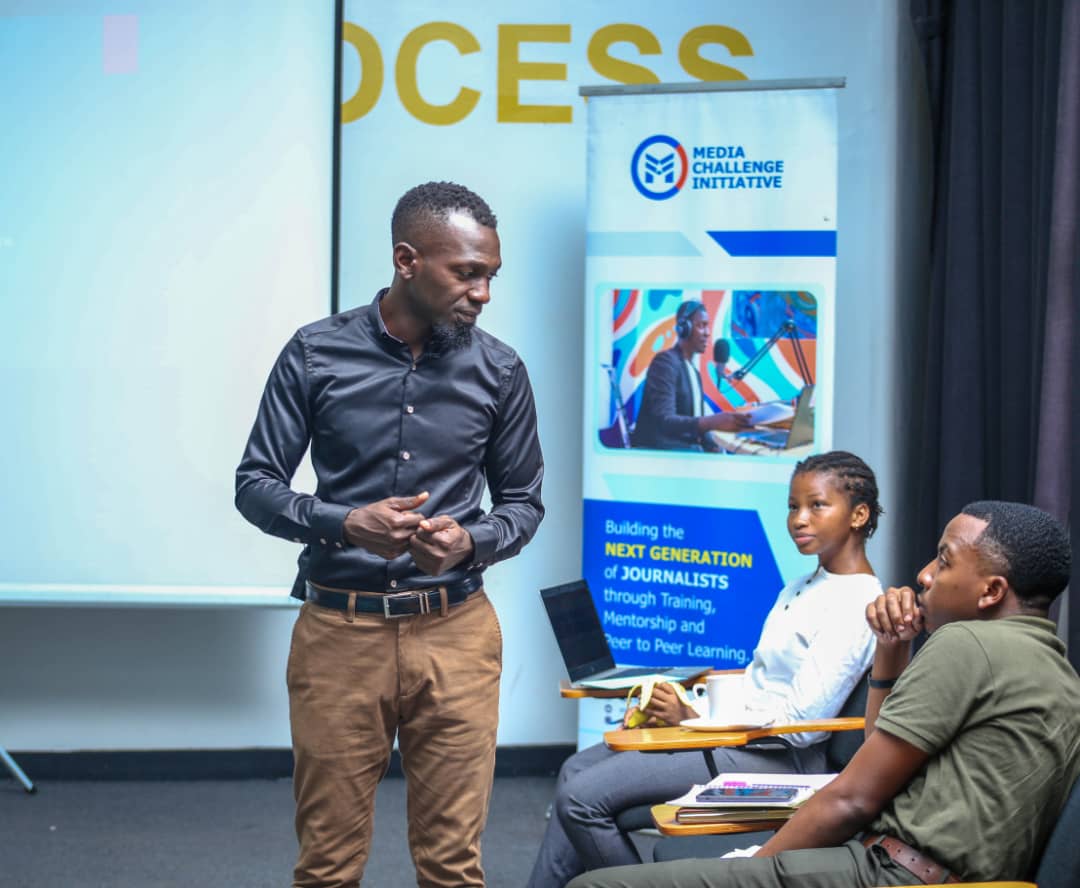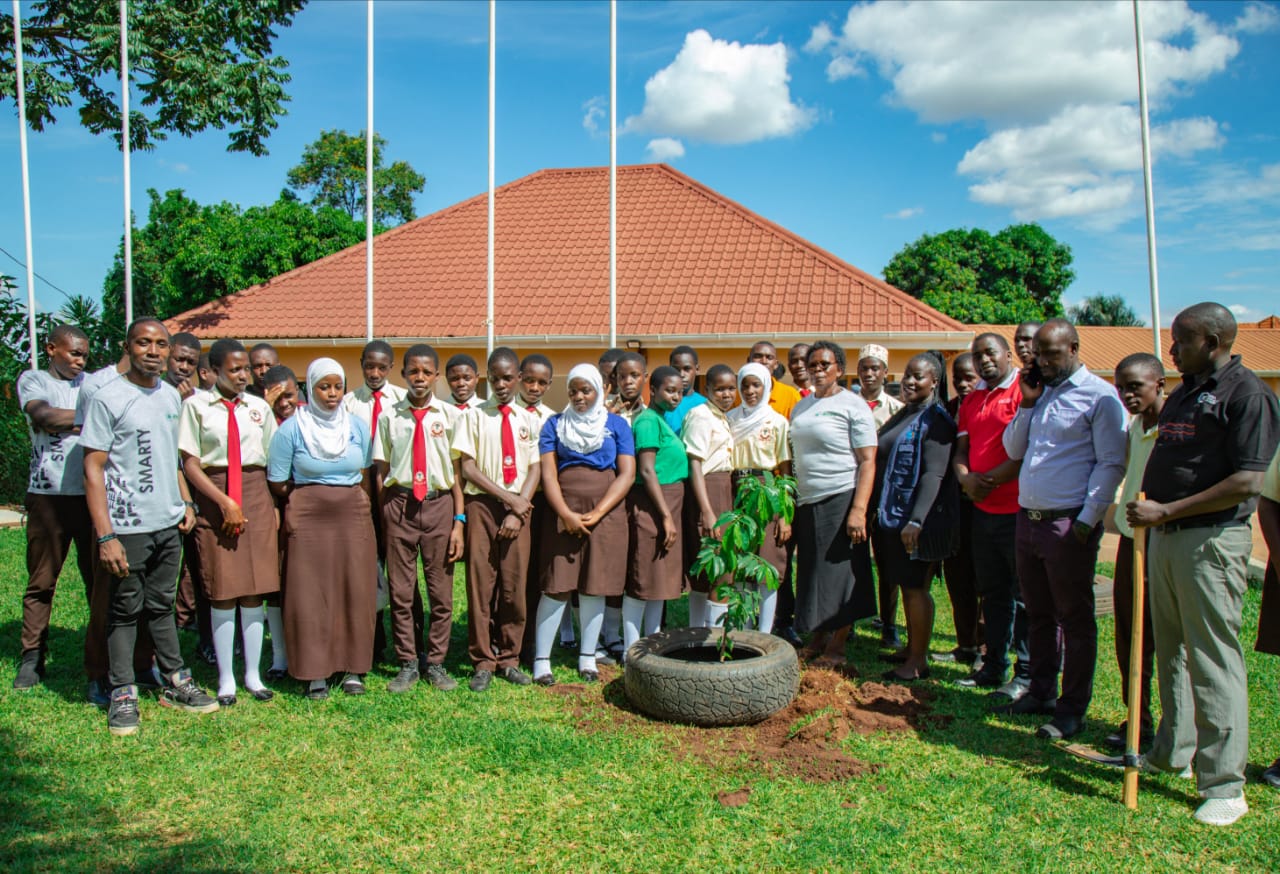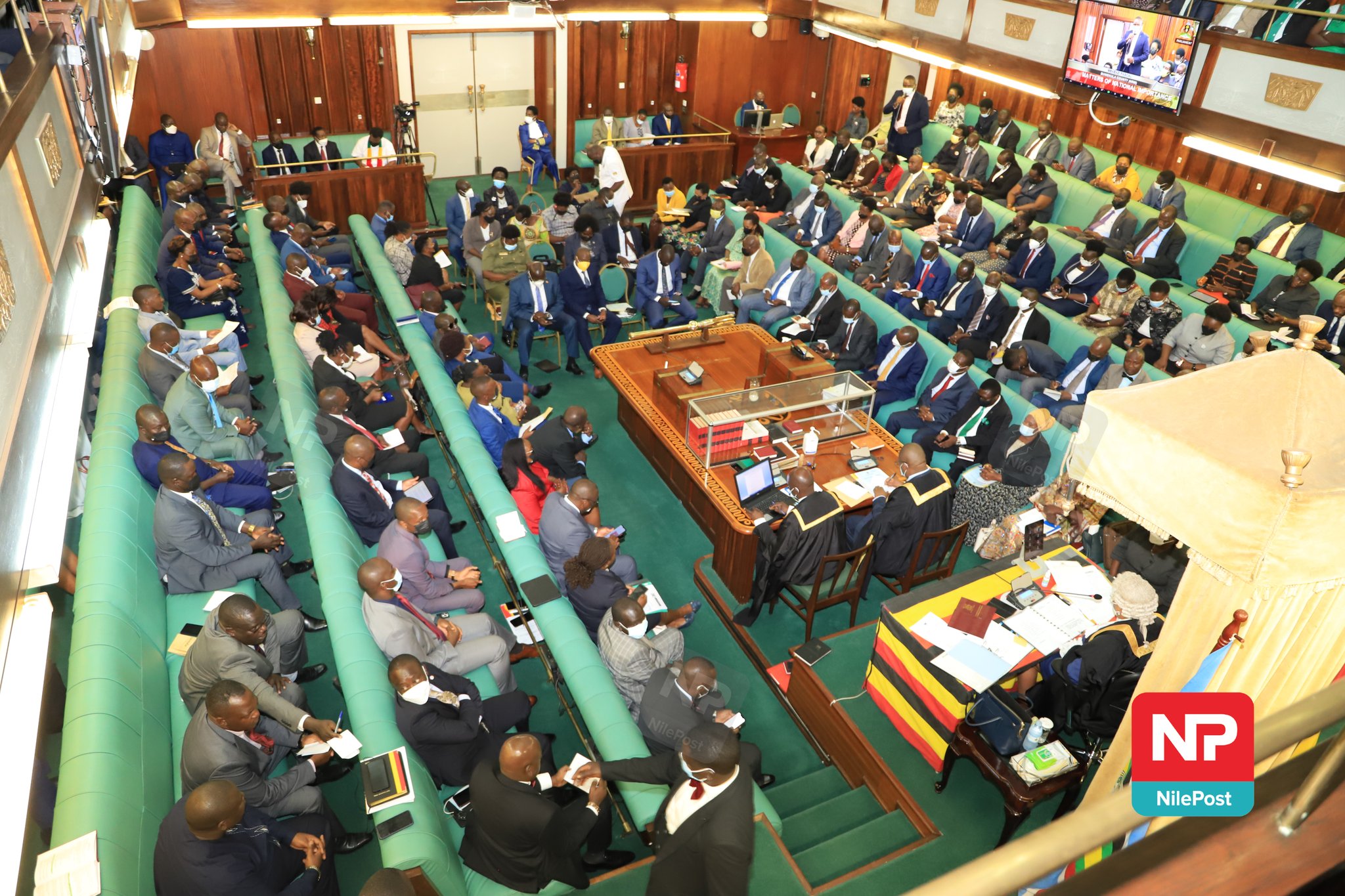Museveni provides more details about ADF rebels, commanders who attacked Ntoroko
President Museveni has provided more details about the identity of ADF rebels who attacked Ntoroko last week before being given a beating by the UPDF.
A group of about 40 fighters last week crossed into Uganda via River Semliki with an aim of causing mayhem but the UPDF repulsed them and in the ensuing battle, 20 attackers were killed, 15 captured alive, 16 SMG rifles recovered one PK Machine gun seized, ammunition and an assortment of improvised bomb making materials recovered.
Keep Reading
Addressing the nation on Tuesday, President Museveni explained that the fighters were part of a group that came from Mambasa territory at River Ituri in Ituri province in a bigger group which crossed Eringeti – Komanda road and entered Irumu territory to areas of Tokomeka and Belu 2.
He noted that the larger group had earlier on December, 11, 2022 been given a thorough beating by the joint UPDF and FADRC forces in which 30 rebels were killed, eight guns recovered as well as 19 abductees rescued.
“That bigger group was under the enemy commander one Mzee Mayor and another called Rafiki, who were coming to join another enemy commander called Muhammad Lumisa at a place called Maitatu. Thereafter that thorough beating, the enemy commander Muhammad Lumisa sent this group of 40 fighters to come to Uganda, kill civilians and loot their properties,” Museveni said.
Lumisa is one of the six top ADF commanders that the US government in 2020 sanctioned over human rights abuses.
The US in 2020 indicated that Lumisa was a sheikh and medical doctor, aving joined ADF in 1999 and that before the group founder and leader , Jamilu Mukulu’s arrest, he was in charge of welfare and military stores in Madina camp.
He would later become the commander of Camp Bango after Jamil Mukulu’s arrest in 2015 and is said to have kept changing positions to among others become the head of training and medical serveries.
On Tuesday, President Museveni explained that the group of 40 ADF fighters that crossed to Uganda was commanded by one Yakute whom he said was not killed during the fighting with UPDF last week but could have drown in River Semliki as he together with three other fighters tried to run back to DRC following the hot pursuit by the Ugandan army.
Museveni said the other commanders of the group that attacked Ntoroko including one Madison and Kyeswa were killed by the UPDF and were identified by the captured fighters who among others included children as young as 12 years.
On interrogation, the young fighters said some of them had been recruited from Uganda.
ADF
The ADF was formed out of remnants of the National Army for the Liberation of Uganda (NALU) and Jamilu Mukulu was the group’s founding leader until a few years ago when he was captured by the Tanzanian forces and repatriated back to Uganda where he is currently facing charges related to terrorism.
They operate in North Kivu which borders other provinces including Ituri to the north and South Kivu to the South and has been a battle ground for a number of rival armed ethnic groups since 1998.
The province consists of three cities including; Goma, Butembo and Beni as well as six territories—Beni, Lubero, Masisi, Rutshuru.
According to the Centre for Strategic and International Studies, the ADF which was designated as a terrorist group by the US government, has used the name Madina at Tauheed Wau Mujahedeen (City of Monotheism and Holy Warriors—MTM) to refer to emphasize its links to the Islamic State.
In 2019, the Islamic State claimed responsibility for an ADF attack and first referenced a “Central Africa Province.”
The Islamic State group has in the past claimed that ADF is its Central African offshoot .
The organization is led by Musa Baluku, who served as a senior ADF Islamic legal official before consolidating power following Mukulu’s 2015 arrest.
ADF has been blamed for several attacks on villages where many have been killed , others abducted as well as planting bombs that have killed many.
The group was also blamed for the twin blasts in Kampala in November last year at the Central Police Station and along Parliamentary Avenue in Kampala that led to death of several people whereas others were left injured.
Whereas it was hoped that Baluku had been killed in the November 30 air and artillery strikes by the UPDF and FADRC, no evidence has confirmed this.
However, nothing has ever been heard about Baluku’s whereabouts following the launch of the attacks by the UPDF.


